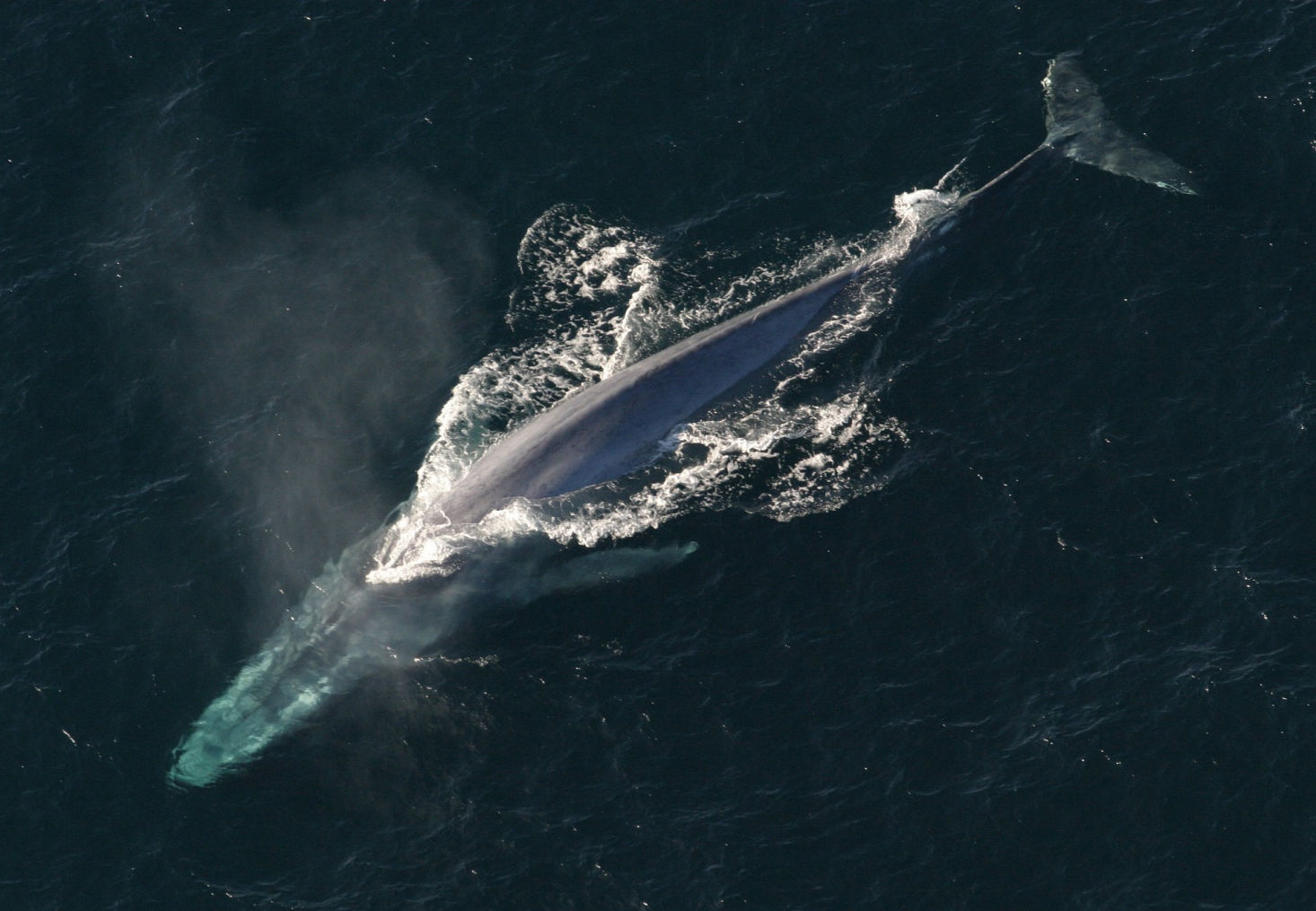
About this fact sheet
Several whale species are listed on the International Union for Conservation of Nature’s Red List of Threatened Species as ‘vulnerable’, ‘endangered’ or ‘critically endangered’. These include the sei, blue, fin, sperm, northern right whales and some sub-populations of humpback whales - notably the Oceania population that includes Eastern Australian humpback whales. Whales with a ranking of ‘vulnerable’, ‘endangered’ or ‘critically endangered’ indicates that the number of individuals of that species is low or it is at risk of extinction. Some species are listed as ‘data deficient’ which means that insufficient is known about these species to assess the level of threat, opening the possibility that there are more species that may need protection.
Recovery of whale populations from historic overexploitation has been patchy and incomplete. While some populations and species show encouraging signs of recovery, others show almost no signs of improvement despite a complete ban (e.g. ‘the moratorium’) on commercial whaling having been in place for almost 25 years.
Whales have a very slow reproductive rate with adult females giving birth to one calf every few years. With an increasing number of threats to cetaceans, it can be difficult to determine whether whale populations are increasing or if they are remaining stable or even declining.
Since industrial whaling emerged in the 17th century, over a million whales have been killed globally. This scale of whaling has severely impacted most whale populations and significantly changed their ecological role within the broader marine environment. Whales are key species within an ecosystem, playing an important role in nutrient cycling and are often viewed as an indicator of ecosystem health. It is not yet possible to accurately determine the nature and extent of impact that climate change and other environmental impacts will have on cetacean populations in coming years. Recent reports indicate that, due to their large size and life spans reaching up to more than 80 years, whales may serve as a source of carbon storage in the oceans suggesting that not only may they be impacted by climate change, but that they may, in turn, have an impact on climate change.
Protection of whales has delivered significant economic benefits, especially from non-consumptive activities such as whale-watching. Whale-watching is a growing industry and, world-wide, is estimated to have generated nearly three billion dollars in 2008, deriving profits far in excess of those obtained from hunting whales. Responsible whale-watching is the most sustainable, environmentally-friendly and economically-beneficial use of whales in the 21st century - demonstrating that whales are worth much more alive than dead
Australians have long recognised the importance of whales, dolphins and porpoises to our unique marine ecosystems, and believe that it is essential to ensure the survival of these mammals. The Australian Government has made whale, dolphin and porpoise conservation a priority and is a world leader in the protection and conservation of these species both in Australia and on an international scale.
Under national environment law (the Environment Protection and Biodiversity Conservation Act 1999), all cetaceans are protected in Australian waters. Protection measures include:
the Australian Whale Sanctuary that includes all Commonwealth waters from the three nautical mile state waters limit, out to the boundary of the Exclusive Economic Zone (i.e. out to 200 nautical miles and further in some places), and
within the Sanctuary it is an offence to kill, injure or interfere with a cetacean with severe penalties applying to anyone convicted of such offences.

Within Australian waters, the following five whale species are currently listed under national environment law as nationally threatened:
blue whale (endangered)
southern right whale (endangered)
sei whale (vulnerable)
fin whale (vulnerable), and
humpback whale (vulnerable).
The Australian Government has developed recovery plans identifying whaling and habitat degradation as key threats to whales. The plans establish objectives and actions to ensure the ongoing recovery of the species.
The International Whaling Commission (IWC) is the primary international body with the responsibility to conserve and manage the world’s cetaceans. Australia is working with others in the IWC to develop conservation management plans as a modern, flexible, and adaptive tool for the conservation management of cetaceans as they face a wide range of established and emerging threats. The development of conservation management priorities will reflect those species, regions and threats with the most pressing need, and the greatest likelihood of success. Through the IWC Scientific Committee and its sub-committees, a range of mechanisms are used to review the global status of cetaceans, evaluate key threats in a regional manner, and thus develop a strategic evaluation of where to target conservation management plans. Australia is supporting and encouraging other nations to develop plans for critically endangered species such as the Western Pacific gray whale.
Disclaimer - The contents of this document have been compiled using a range of source materials and is valid as at May 2010. The Australian Government is not liable for any loss or damage that may be occasioned directly or indirectly through the use of or reliance on the contents of the document.
MAR35.0510
Image credits front page: © Commonwealth of Australia (GBRMPA)
